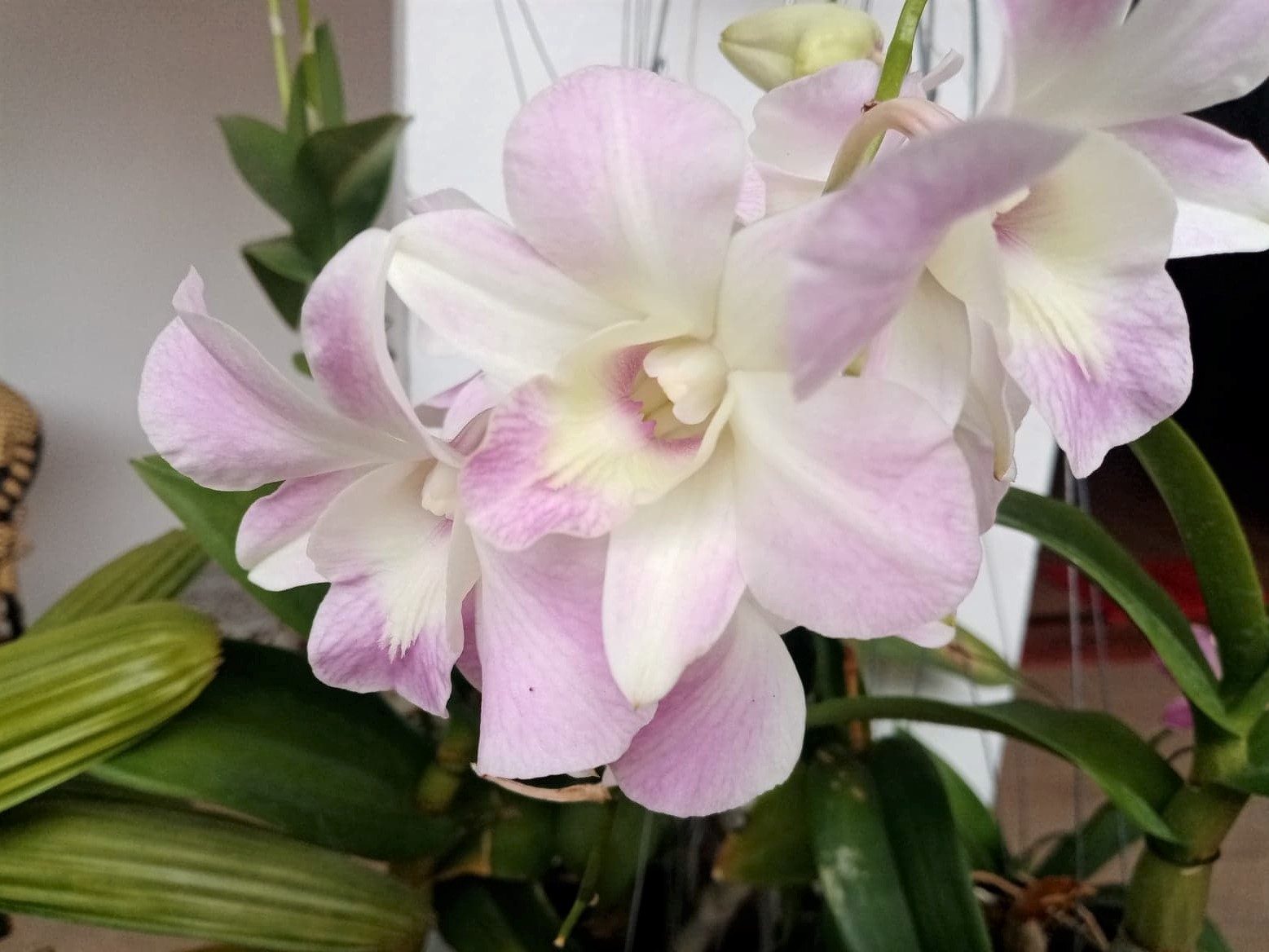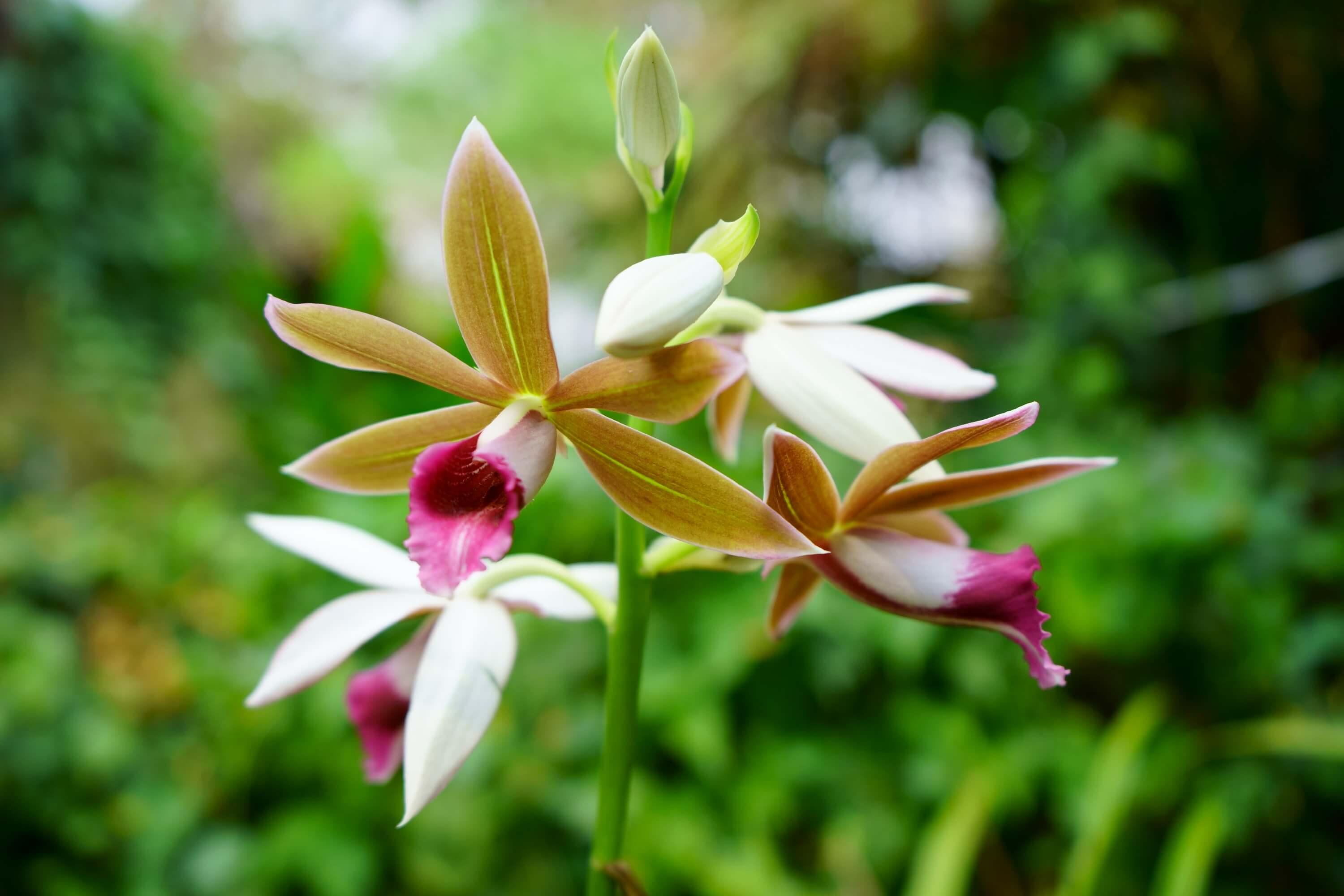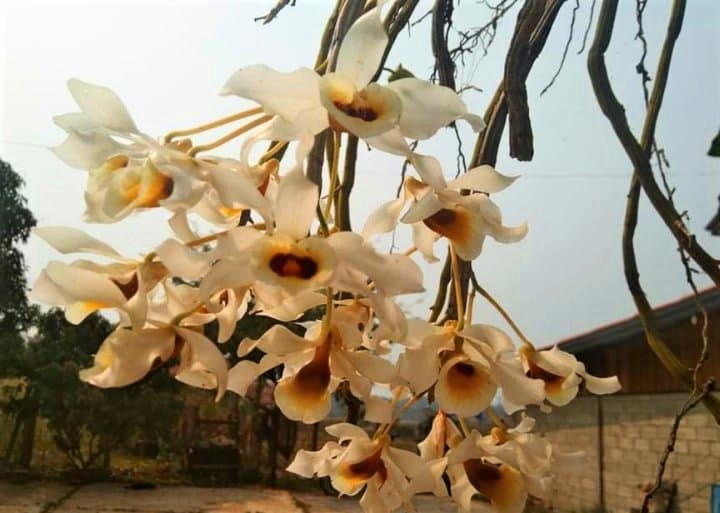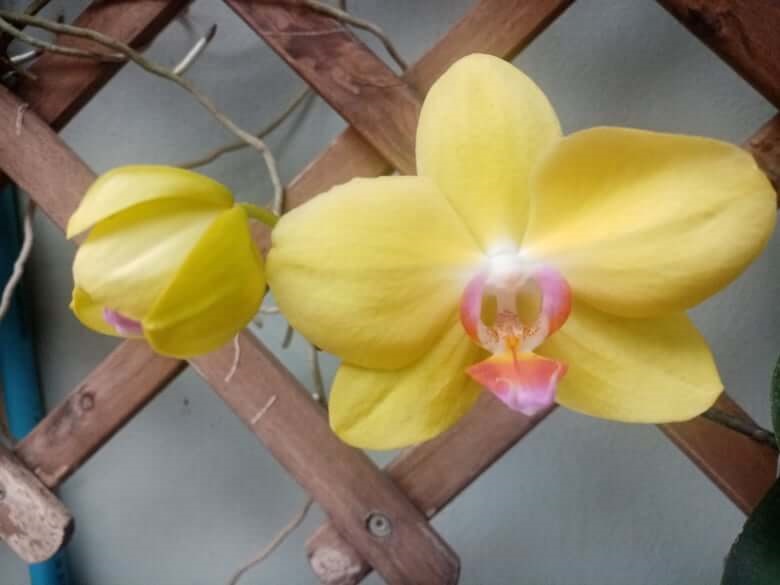Basic Orchid Care
Let's talk about basic orchid care. Orchids are one of the most popular flowers to keep at home, with over 30,000 known species and hybrids to choose from. Not only do they add beauty and elegance to any room, but they also offer a delicate fragrance that can lift your mood and brighten your day.
Despite their popularity, many people shy away from keeping orchids because they believe that these gorgeous flowers are difficult to care for. In reality, however, orchids are not as complicated to look after as you may have initially thought.
So, if you're an orchid beginner or just need a refresher, this blog post is for you. Here are some simple tips to get you started with your basic orchid care.
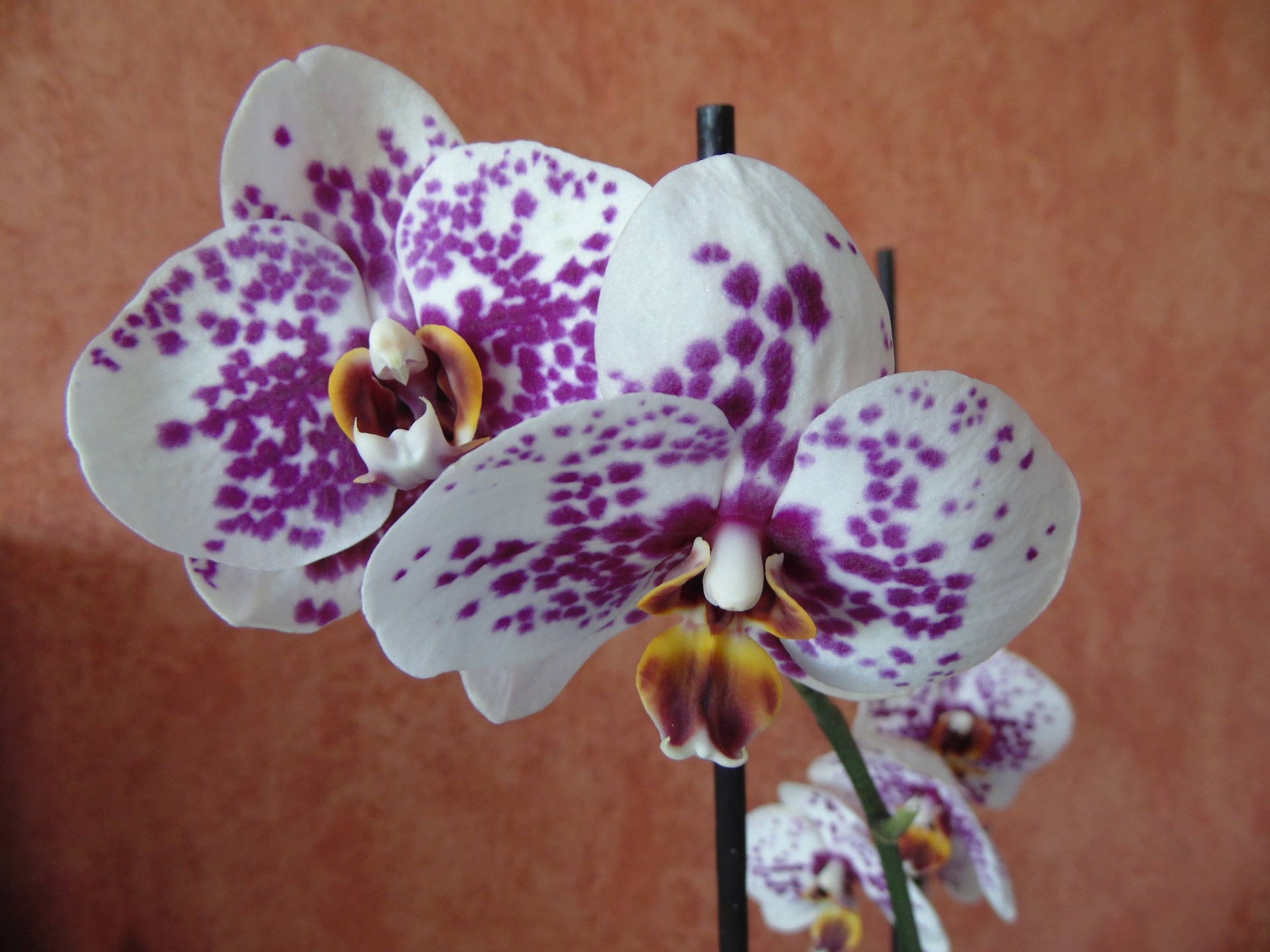
Choose the Right Potting Medium
Orchids are different than other types of plants as they typically do not grow in soil, so it's essential to choose the right potting medium for them. The ideal mix should be well-aerated, usually consisting of tree bark and or sphagnum moss allowing water and air to circulate around the roots. A common mistake that some beginners make is to use regular soil or potting mix. This can damage the roots and result in orchid death.
For basic orchid care, a great potting mix for orchids is one that's made of a combination of materials, such as bark, or a combination of bark, sphagnum moss, and perlite. The mix should be airy but hold water well so that the orchid roots don't dry out. It is always a good idea to ask your local orchid supplier or garden nursery supply as to which growing medium is best for your orchid.
Basic Orchid Care: Water and Humidity
A basic orchid care critical factor to consider when caring for your orchids is watering and humidity. Orchids thrive in environments that are relatively humid, so it's essential to keep them well-moisturized.
The trick to watering orchids is not to overwater them. Overwatering can lead to root rot, a fungal disease that can kill your plant and is a common cause of failure for first time orchid growers. You can determine when your orchid needs water by observing its potting mix. If it's still moist or wet to the touch, then it doesn't require watering yet. The roots of some orchids turn green when they are saturated with water and return to a grayish green color when dry.
When you water your orchid, ensure that the water runs through the pot and out of the drainage holes. This flushes out any salts or other pollutants that may have accumulated in the potting mix. You should also avoid water pooling between the leaves and stem as it can cause fungal infections. Orchids in nature tend to grow sideways or slightly downward facing to avoid this.
Meanwhile, if you live in a dry climate or your home has low humidity, consider getting a humidifier or placing a water tray near your orchids. This will help keep the air around your orchids moist.
Light and Temperature
Orchids love a lot of light, but they also require some shade to prevent their leaves from getting sunburn. The ideal light conditions for orchids are bright but indirect.In other words, you should avoid placing your orchids in direct sunlight as it can damage the leaves. In nature, many orchids grow in the shade canopy of trees where they receive lots of light and airflow, but avoid direct sunlight. Some orchids such as many in the popular Phalaenopsis species can also thrive in low light conditions.
A good way to tell whether your orchids are getting enough light is to observe their leaves. If the leaves are turning yellow or pale, it means they're not getting enough light. If the leaves are becoming brown or scorched, it means they're getting too much light.
As for temperature, the ideal temperature range for orchids is 60-80°F during the day and 50-70°F at night. You should avoid placing your orchids in areas with extreme temperature fluctuations, such as near drafts or HVAC vents.
Fertilizer
Like any other plant, orchids need fertilizer to thrive. However, it's crucial to use fertilizer specifically designed for orchids as regular plant food can be too harsh for them.
A good orchid fertilizer should have a balanced N-P-K ratio (Nitrogen, Phosphorus, and Potassium) and should also contain micronutrients such as iron, magnesium, and others.
You can fertilize your orchids once a week during the growing season (spring and summer) and once a month during the rest of the year. Be sure to follow the instructions on the package carefully and avoid over-fertilizing. You can read more about fertilizing here.
Taking care of orchids can be a rewarding and enjoyable experience, even if you're a beginner. With the right growing medium, watering schedule, light and temperature, and fertilizer, you can keep your orchids healthy and thriving. So go ahead and buy one for your home today! Many orchid enthusiasts are familiar with the phenomenon of orchids jumping into their shopping carts while their back is turned and often have to explain to their spouse or significant other how it just appeared in their cart and that it was so cute and attractive that they just had to bring it home.
